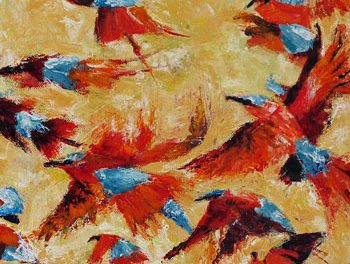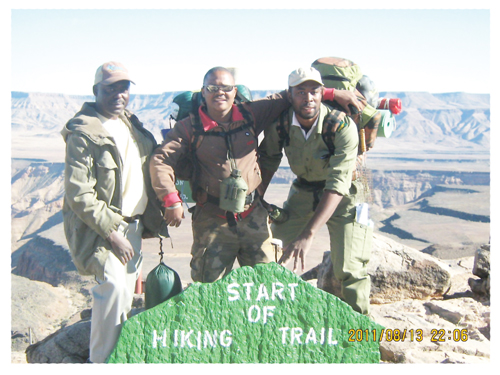
Goethe Institut to screen compelling documentary next week

The Goethe Institut Namibia has announced the screening of the compelling documentary “A Story of Bones” on 23 April, at 6 pm.
The film sheds light on the ongoing struggle for the proper memorialisation of the human remains of thousands of formerly enslaved Africans in the British Overseas Territory of Saint Helena. Through poignant storytelling, it challenges whether current public discussions and actions adequately address this memorialisation.
Following the screening, a discussion with Annina van Neel, the protagonist in the film will take place. As van Neel was born in Windhoek, she is “super excited to be bringing the film home”—and continues her work in remembering and honouring African heritage also in Namibia.
Saint Helena, almost 2500 kilometres distanced from Windhoek and located in the South Atlantic Ocean, stands as one of the most remote major islands in the world. For centuries, access to the island was restricted to lengthy ship journeys from Cape Town.
To enhance tourism and make the island more accessible, the UK Government decided to build an airport.
When Annina van Neel, Environmental Officer of the airport project, first set foot on the island, she was taken aback. “We were all incredibly excited about being on this paradise island,” she says. After six days of seeing nothing but water, she couldn’t believe she had come across this fascinating piece of land. It was van Neel’s responsibility as an Environmental Officer to mitigate the impact of the airport project on species, flora, and fauna, as well as to preserve the built and cultural heritage of the island.
Before work began on the project, 325 bodies of enslaved Africans were archaeologically excavated in 2008 to make way for the Airport access road.
While the possibility of encountering other human remains was discussed, van Neel believed that “the probability would be very low.”
Eight months later, van Neel and her team disturbed the burial grounds holding approximately 9,000 formerly enslaved Africans. The team meticulously documented their findings, taking photographs and carefully placing the remains in boxes. The findings are part of the most significant remaining physical trace of the transatlantic slave trade.
However, creating a memorial presents its challenges. Initially, the possessions of the 325 people excavated in 2008 were displayed in a museum in Liverpool. Yet, to date, no memorial marks the site where these individuals were reburied.
“This is not an isolated case; it is happening everywhere. We have been talking about the restitution of African heritage for decades, and no one is close to figuring that out. But we’re not having the conversation about it either,” said van Neel.
“A Story of Bones” set to be screened at the Goethe-Institut Namibia as part of the film programme Cinemaverse aims to support and endorse this important discussion. Entrance to the screening is free with complimentary popcorn.











































